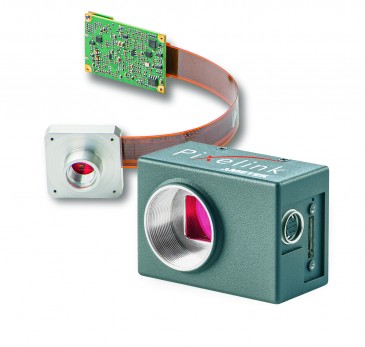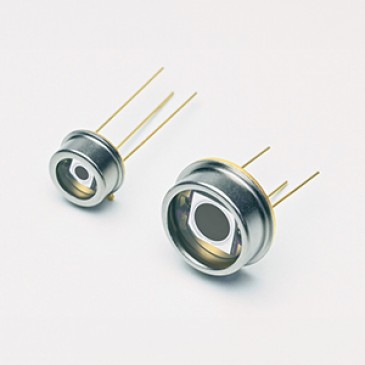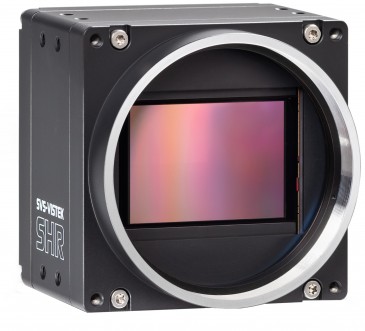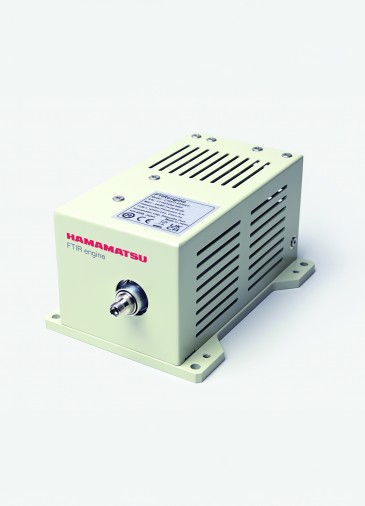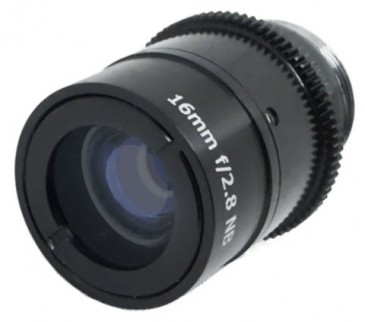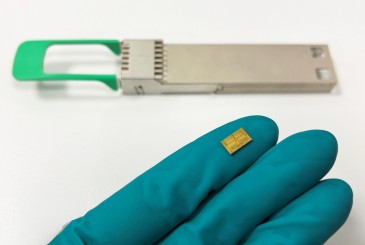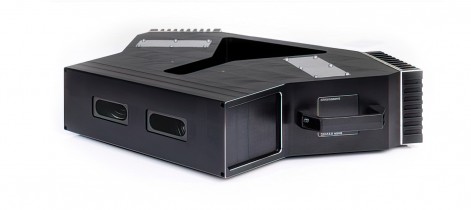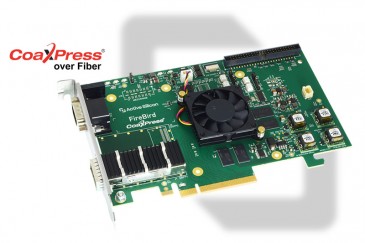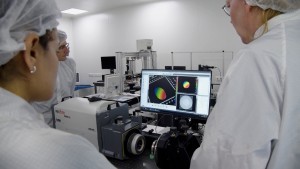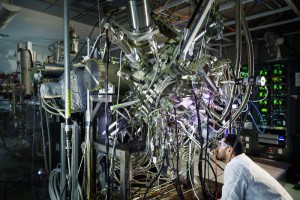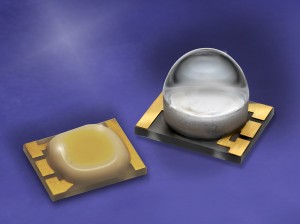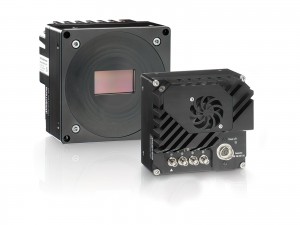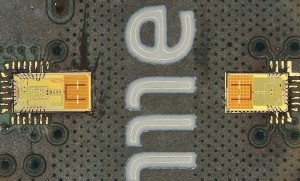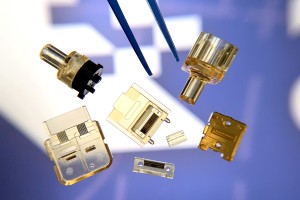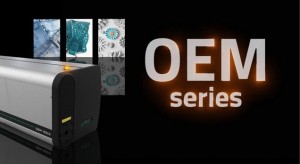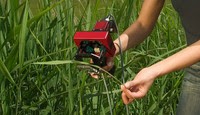
Heinz Walz GmbH of Effeltrich, Germany developed a fluorometer that can quickly and exactly determine the intensity of photosynthesis in plants.
The level of photosynthetic activity in a plant depends upon its growth phase and its health. Both photosynthetic activity and a plant’s health are documented externally by chlorophyll. In healthy plants during growth periods, photosynthesis proceeds at its maximum level, and the leaves are a deep green. In ripe grain, by contrast, photosynthesis drops to nearly zero and plants are straw-colored. Such blatant external color changes are evident to the naked eye, but they are relative and warrant only conditional conclusions. Moreover, they only reflect chlorophyll content, not its activity.
Scientific statements about photosynthetic efficiency in a plant can only be made based upon precise measurement. Furthermore, photosynthesis can occur differently from one leaf to another within a plant, according to the light situation each leaf encounters, and the exact health of each leaf.
Chlorophyll absorbs light primarily in the blue spectral range in wavelengths between 400 and 500 nm, and in the red range between 600 and 700 nm. As happens in almost all chemical reactions, in photosynthesis there are losses, among others, in the forms of fluorescence and heat that are given off. Thus, the fluorescence of the chlorophyll allows for non-destructive measurement of photosynthetic activity, and with it the physiological condition of the plant itself. However, since only a small percentage of the emitted energy is implemented in fluorescence, only a highly sensitive measurement system can capture it.

In doing so, it can be determined how heavily stressed plants are by heat, cold, salt, etc." "One can even ascertain with certainty how plants are tolerating climate change even before damage is visible,“ according to Oliver Meyerhoff, a scientist with Walz GmbH. Disease and fungal resistance can be proven as well. In the field of ecophysiology, one can test, in the field or in a climatic chamber, how plants react to altered environmental conditions, and which plants would be most efficient to cultivate going forward in agriculture or in forestry. Furthermore, the optimal harvest time for grains can be determined or the storage conditions for fruit can be optimized.
With the Imaging PAM M-Series, Walz developed a fluorometer that enables such measurements to be completed quickly and exactly. PAM stands for Pulse-Amplitude-Modulated. The system is geared toward many research disciplines, from the basic physiology of higher and lower plants to coral research, up to marine ecophysiology. “Fluorescence yield varies from location to location, which allows for conclusions about photosynthetic efficiency and with it the vitality of the sample being measured,” Meyerhoff summarized. The system consists of a measuring head with integrated special lighting and a digital camera. Samples of different sizes can be installed in the measuring head, depending upon the model. Here, samples are protected from outside light and are illuminated with precise light pulses. Blue or red high-power LEDs whose spectra have been calibrated to the absorption characteristics of chlorophyll function as the light source.
The measurement procedure consists first of fluorescence stimulation using microsecond-short light pulses. With the aid of a camera, the fluorescence yield is measured. The intensity of the measurement light is so minimal that it cannot trigger photosynthesis. Thus, the plant behaves as though it were in darkness. One could say that its photosystems are open.
In the next step, a short, saturating light flash follows. Here, too, the fluorescence yield is captured by the camera. At 400 to 800 ms, this saturating flash is very short, and again, can neither trigger photosynthesis nor damage the plant. The photosystems are completely closed by the strong light (up to ten times the intensity of sunlight). In this manner, the number of active centers in the sample can be determined.
Following these two first steps, we know how the plant behaves in darkness and in maximum light,” Meyerhoff explained. “After this calibration, we can combine measurements with different illuminations and interpret the values.”
Software analysis
The images captured by the camera are then displayed and analyzed by the proprietary ImagingWin Software from Walz. The values are graphically represented using a color scale in an image. 18 different parameters can be played back in different color palettes. The control of the entire system is achieved using the software as well. Some standard experiments are already pre-programmed and are easily called up. Advanced users, however, can also program their own scripts for more complex adjustments.
To meet these different requirements, the Imaging PAM M Series makes use of three different measuring heads (Maxi, Mini, Microscopy). These differ primarily in terms of the coverable field of each one – from 1 mm² for the microscope up to the size of a multiwell plate (10x13 cm / 4”x5”). In this way, extensive samples as well as individual cells or even individual chloroplasts can be measured. Thanks to its modular construction, a quick conversion from Mini to Maxi measuring head is possible without purchasing a complete second unit.
"We have to select wavelengths greater than 665 nm with optical filters so that we only analyze fluorescence from chlorophyll and not phenolic fluorescence or even our own light, for example – that is why, for us, the option of the extended NIR sensitivity is really interesting since we need high sensitivity precisely in the ‚far red’ wavelength range,“ Meyerhoff continued.

For the image capture, Walz chose Manta digital cameras from Allied Vision Technologies. For the MINI version, a Manta G-033B monochrome camera with VGA resolution (640 x 480 pixels) is used. This camera is equipped with a premium-quality CCD sensor from Sony. For the MAXI version, Walz chose the Manta G-145B with 1.4 megapixel resolution (1388 x 1038 pixels). Its Sony Sensor is, thanks to EXview HAD CCD technology, highly sensitive – particularly in the near-infrared range.











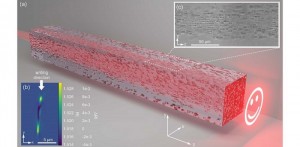
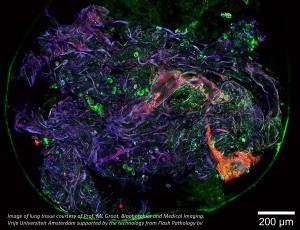

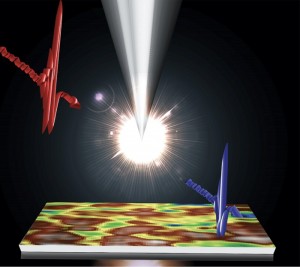

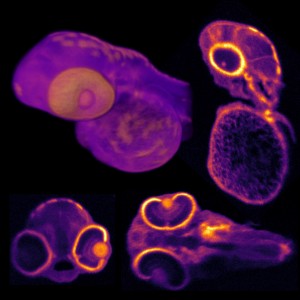
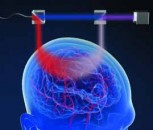

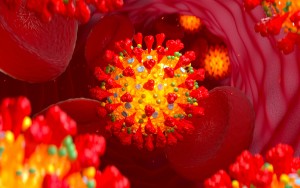















 Back to News
Back to News

